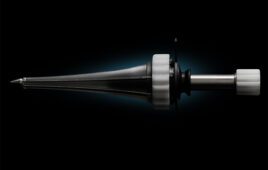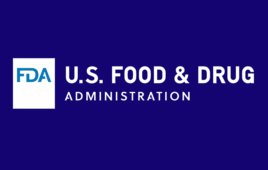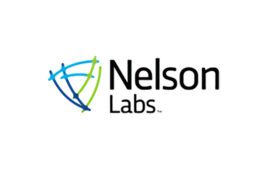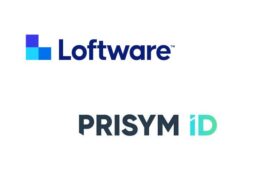The new European Medical Device Regulation (EU MDR) Direct Part Marking (DPM) requirements challenge manufacturers of small-part and orthopedic devices to use the entirety of a part’s complex surface geometry for labeling.
Dwalin DeBoer, Mack Molding
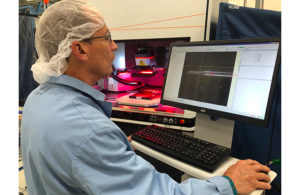
This process validation engineer programs a laser to mark a surgical instrument. (Image from Mack Molding)
EU MDR is the newest set of regulations governing companies that produce and/or distribute medical devices within the European Union. It aims to increase medical device safety and effectiveness, address weaknesses identified by manufacturers and to account for rapidly changing technological developments in the industry. Beginning in May 2020 EU MDR replaces 1992’s Medical Device Directive (MDD).
Marking requirements
While these new regulations encompass much more than part marking, this aspect has proven to be no small undertaking. In many ways, the EU MDR DPM is similar to FDA’s Unique Device Identification (UDI) system; however, there are differences, such as the MDR’s 2D barcode requirement.
Many medical devices, including smaller ones used in orthopedic applications, have limited area for part markings. The increased amount of information that is required on each device coupled with often-complex shapes and limited space for these markings has created a challenge for OEMs and manufacturers. Adding to the urgency is the fact that parts with the CE Mark will not be granted immediate compliance to the MDR standards. In order to maintain the CE Mark, these products must be reviewed against and meet all of its requirements.
Embracing lasers
Advancements in laser technology do more than make UDIs legible. It can make 2D-printable barcodes and other markings on curved and articulating surfaces and in several different planes, maximizing amount of surface area to be used for marking purposes. In some cases, these machines also check the work by inspecting the recently marked barcode for readability, sharpness and other parameters. This report can subsequently be printed and added to the DHR.
Some laser-marking equipment can even locate the part and appropriately orient it for marking, eliminating the need for holding fixtures. Current technology has increased in speed and is able to print several surfaces in one set-up.
These new laser marking devices can also handle several different kinds of plastics, metals and even paper, offering versatility in printable materials. The uses vary from catheters to surgical instrumentation to paper serial tags for non-medical products. It is important, however, to understand the power of the laser being used. When marking stainless steel, it is essential to not use a high-heat, deep burn as the part cannot be passivated in the field and will ultimately succumb to rust. Using a focus adjustment that reduces the concentrated laser beam to a less excited state can produce a high-contrast engraving with low heat penetration.
Laser marking also offers near-unlimited resolution. Images can be smaller than the head of a pin, so small as to be imperceptible to the human eye but legible under a microscope.
Because laser marking changes the surface of the part — as opposed to an ink that would be adhered to the part — it produces a permanent and professional result. Laser marking is typically faster than other processes such as pad printing, while avoiding complications from wet ink such as solvent pop, and providing significantly improved abrasion resistance. Additionally, laser marking allows for serialization in applications where this is necessary, indexing with a variable that will sequentially serialize parts, making each unique.
EU MDR goes into effect in little more than six months. Laser marking’s speed, versatility and other efficiencies set it apart in its ability to meet the regulation’s requirements for existing and new parts in a timely manner. Whether the part is a metal sterilization tray or a plastic imprint trial, the resulting image is crisp, clean and sharp through a process that is highly repeatable and accurate.
Dwalin DeBoer is a business unit director for Mack Medical/Mack Molding (Arlington, Vt.), working with medical device customers on reusable and disposable applications. She has 25 years of plastics manufacturing experience, including 15 years specializing in trials, cases and trays, and instrumentation for the orthopedic market.
The opinions expressed in this blog post are the author’s only and do not necessarily reflect those of Medical Design and Outsourcing or its employees.

